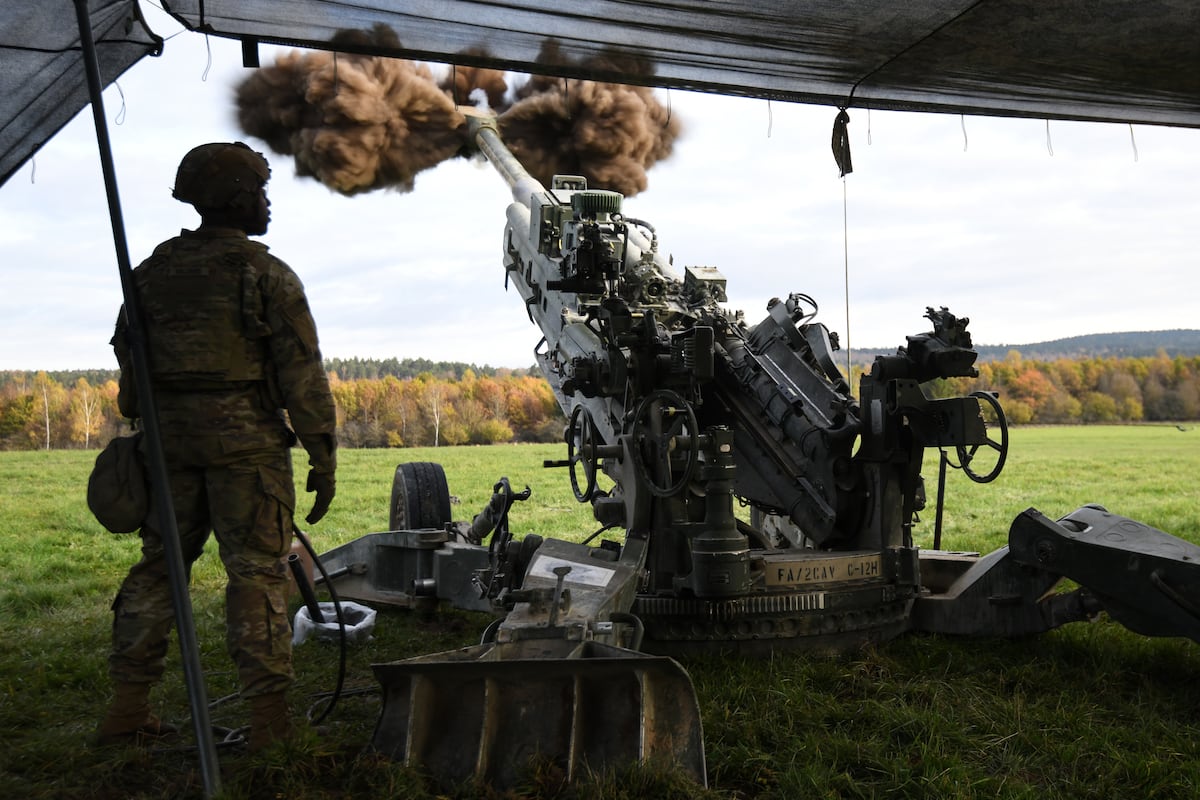Eighth Army Implements New Tour Normalization System in Korea
Overview of Tour Normalization
The Eighth Army in South Korea has initiated a new “tour normalization” policy effective October 1, aiming to enhance the structure of overseas assignments for soldiers and their families. Although the policy is now active, not all installations are fully equipped to accommodate longer tours.
Phased Implementation Strategy
According to Maj. Gen. Hank Taylor, commander of the Eighth Army, the rollout of the tour normalization follows a phased implementation model. Southern installations, notably Camp Humphreys, are leading the charge, while northern locations will come online later. This staggered approach allows for manageable adjustments based on resource allocation and infrastructure readiness.
Tour Length Specifications
The new model, designated as 3-2-1, stipulates:
- Accompanied families: Three-year tours for soldiers with dependents.
- Unaccompanied personnel: Two-year tours for those without family.
- Exceptions: One-year tours for individuals requiring alternative arrangements—for reasons such as housing challenges, medical conditions, or educational needs.
This revision extends the previous standard of two-year assignments for accompanied soldiers, aiming to promote stability and enhance operational effectiveness in the region.
Resource Optimization and Readiness
Maj. Gen. Taylor emphasized that this initiative is grounded in thorough pre-planning, with a focus on maximizing available resources. He highlighted the need for comprehensive support systems such as schools and healthcare facilities.
- Infrastructure Development: Taylor indicated a timeline of up to four years before smaller northern installations can begin integrating families.
Ongoing Challenges and Focus Areas
Col. William Parker, director of personnel for U.S. Forces Korea, noted that specific bases, like Marine Corps Camp Mukuk and Kunsan Air Base, will remain off-limits to service members with families due to ongoing infrastructure upgrades.
- Addressing Readiness Gaps: Taylor remarked on the importance of continuity and expertise within the ranks, stressing that reducing turnover will increase overall mission readiness.
Strategic Considerations
While Maj. Gen. Taylor did not directly comment on specific external threats, the ongoing evolution in operational readiness is framed within the context of adapting to a dynamic security environment.
-
Enhanced Military Capabilities: The re-establishment of the 528th Military Intelligence Company in August serves to bolster situational awareness and response to emerging threats, particularly from North Korean military advancements, including sophisticated rocket artillery capabilities.
-
Preparation and Training: Taylor emphasized the critical need for leaders to be well-prepared, equipped with early warning systems, and adept in threat assessment as integral components of safeguarding operational efficacy.
Conclusion
The Eighth Army’s transition to a new tour normalization system reflects a strategic initiative to stabilize military presence in Korea and optimize resource utilization. By fostering a more sustainable living environment for military personnel and their families, the Army aims to not only enhance readiness but also adapt to the evolving geopolitical landscape of the region.





